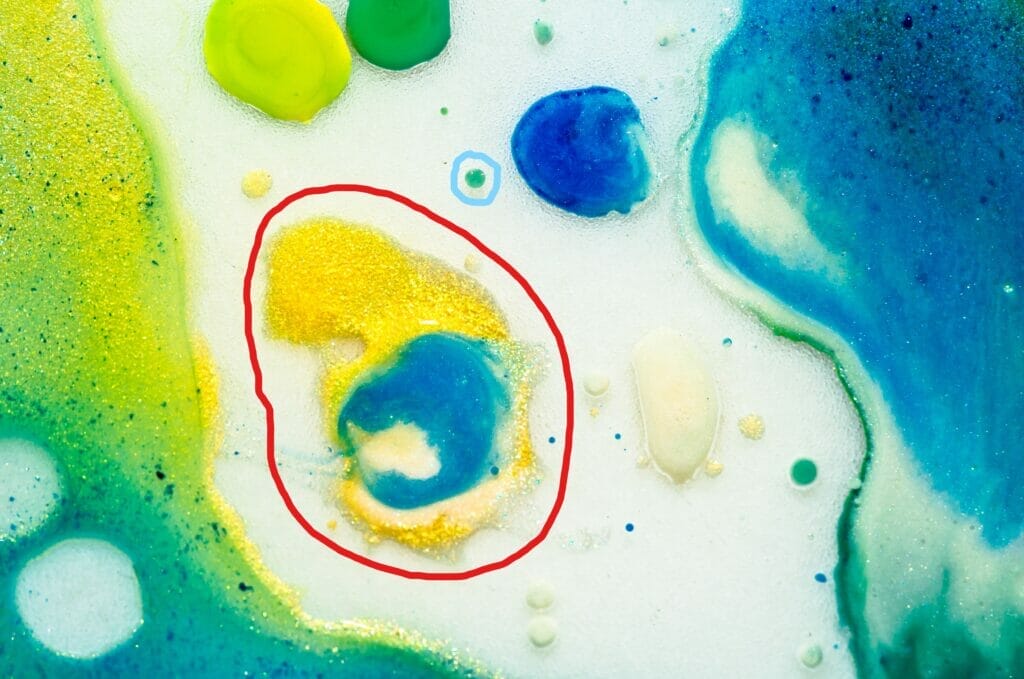
Hi! My name is Dr. Kyle Hornby and I'm a Dentist in Kitchener, Ontario. Each week, I write about a few interesting oral health topics to help people increase their overall wellness. My goal is to give you information you're not likely to get at your regular dental checkups and treatment consults. Today, I'd like to teach you how to perform at-home oral cancer screening (in between regular dental checkups, of course!).
First, here's a table of contents for the article so you can jump ahead to different sections if you like:
Oral cancer screening is extremely important given that it's the 6th most common type of malignancy worldwide. Last year, over 300,000 people (just over 2% of total cancer cases) were diagnosed with oral cancer. Awareness and screening for these malignancies has increased dramatically in the dental office over the past 2 decades.
But, even if you go for regular dental checkups, it's still beneficial for you to be oral cancer screening at home. It doesn't take long to do and you can set up a time every month to check in on the soft tissues of your mouth.
You may be wondering, "won't my Dentist notice cancer?".
The answer is "yes", but it's always a massive advantage to catch cancers early. Sometimes, 2-3 months (the average cleaning and checkup interval is 6 months) can make all the difference for successful treatment.
So, what is oral cancer?
How do you screen for oral cancer?
To answer these questions, it might be helpful for me to tell you about some features of oral cancers. Namely, what do they tend to look like? And, what do they tend to feel like?
So you're at home and ready for your monthly oral cancer screening.
Now what?
Well, most of what you'll be doing is looking and feeling.
First, let's get to the "looking" part...
If you're scanning your mouth, look everywhere and make sure you're around a bright light source near your mirror.
While oral cancers are more common in some areas than others (and I'll get to that in more detail when I go over tip #3), you'll want to check everything.
Some key areas are:
So, when you're going through your first at-home oral cancer screening, what should you look for (and hope to not find)?
Well, oral cancers tend to look very irregular.
What does that even mean?
Well, they tend to be have borders that are hard to define. They are often white and splotchy in nature but they can also be erosive and bloody looking. Some oral cancers look like weird, multi-coloured freckles and are varying shades of brown and black.
I know that I'm giving you a few different colours to look for and, unfortunately, oral cancers don't always look the same. However, the take home message here is that most are white, red or brown and black and they look irregular or uneven.
Here's a helpful exercise: take a look at the paint splotches below. Some are a single colour and have easily identifiable borders (I've circled one of those in bright BLUE for you). Those are less likely to be a cancer. Other splotches contain different shades or colours and they don't have a neat or tidy border (I've circled one of those in RED). Those ones are way more likely to be cancer.
(Please ignore the fact that oral cancers aren't typically bright green, blue and yellow).

Now, you can also get a lot of helpful information from palpating or feeling different surfaces in your mouth. Here's how to use your sense of touch during at-home oral cancer screening.
First of all, when you start feeling around your mouth (lips, cheeks, tongue), you're going to notice bumps and other spots that you didn't know were there.
For instance, you may feel small little granules in your cheeks which are just oil ducts and they're totally normal. You'll often feel little bumps under your tongue and these are often normal salivary duct openings.
One of the keys is that a malignant cancer tends to appear as one, ill-defined and irregular spot or area. Oral cancers don't tend to look like a sprinkling of little spots that you didn't notice before.
Most importantly, oral cancers often feel rough and rubbery.
As I mentioned above, they look irregular or have an abnormal shape. So, when you're palpating during oral cancer screening, you're hoping to not feel something that's tough, rubbery and has a non-uniform shape.
Commonly, people will develop little fibrous healing spots where they bite their cheek or tongue. These are commonly tough and rubbery, but they're almost always perfectly spherical. That is, they feel like a small rubber ball or marble.
So, while these kinds of areas check the "tough and rubbery" box, they are very regular in shape and that's not a typical hallmark of an oral cancer.
Okay, now for another exercise...
In the image below, we have a bunch of erasers. Erasers are tough and rubbery and many cancers have a similar consistency. Cancers, as we've talked about before, tend to not have a regular shape (like a ball for instance). They tend to have strange shapes.
So, in the image below, the blue frog eraser (circled in RED) is way more likely to be a malignant cancer compared to the regularly-shaped egg eraser (circled in BLUE).

Alright, great work! Now, for my last tip, I want to talk a bit more about common sites for cancers so let's get to that...
Above I mentioned above, oral cancers tend to occur in some locations far more than others. So while you'll want to look everywhere during an at-home oral cancer screening, there are a few spots where you'll want to spend extra time.
During oral cancer screening, spend lots of time looking at the sides and underside of your tongue. Also, take a very close look at the floor of your mouth under your tongue. These are cancer "hot spots" compared to most other sites in the mouth.
The hard and soft palate should also get quite a bit of your attention during oral cancer screening.
Again, look everywhere but try to really focus on the common areas.
I mentioned above that your Dentist and Hygienist will check your mouth regularly for strange lumps, bumps and lesions. This kind of oral cancer screening is done at routine dental checkups. You can, however, do an effective job of at-home monitoring very simply.
As I've said already, with cancers, catching something months before a dental checkup can make a huge difference to treatment outcome.
And, while it can be scary to find strange things in the mouth, keep in mind that the majority of strange finds won't likely be malignant (still make sure to get them checked at your family dentist).
Also, the majority of oral cancers occur in tobacco users and those who consume alcohol frequently. If you don't smoke, you have a significantly lower risk of developing oral cancer.
Also, keep in mind that repetitive trauma to soft tissues of the mouth can lead to pre-cancers or what is referred to as dysplasia (this is essentially unregulated healing). This sometimes occurs in denture wearers who have a part of their denture that creates recurrent sores or ulcers on their tongue or cheeks.
If you have any questions on oral cancer screening, please reach out at info@enamelrepublic.com!
Thanks for reading.
By Dr. Kyle Hornby, Kitchener, ON Dentist
Our Dentist Office is located in Downtown Kitchener, Ontario. We are a short drive away for families in Waterloo, Breslau & St. Jacobs. Our central location means we truly offer family dentistry near you!
This article is not intended to be a substitute for professional advice, diagnosis, or treatment. Accordingly, always seek the advice of your Dentist or other healthcare providers regarding a dental condition or treatment.
Services
Routine Dentistry & Tooth Repair
Oral Surgery & Tooth Removal
Prosthetic Dentistry & Tooth Replacement
Protective/Preventive Services
Teeth Whitening
Schedule an Appointment Now
